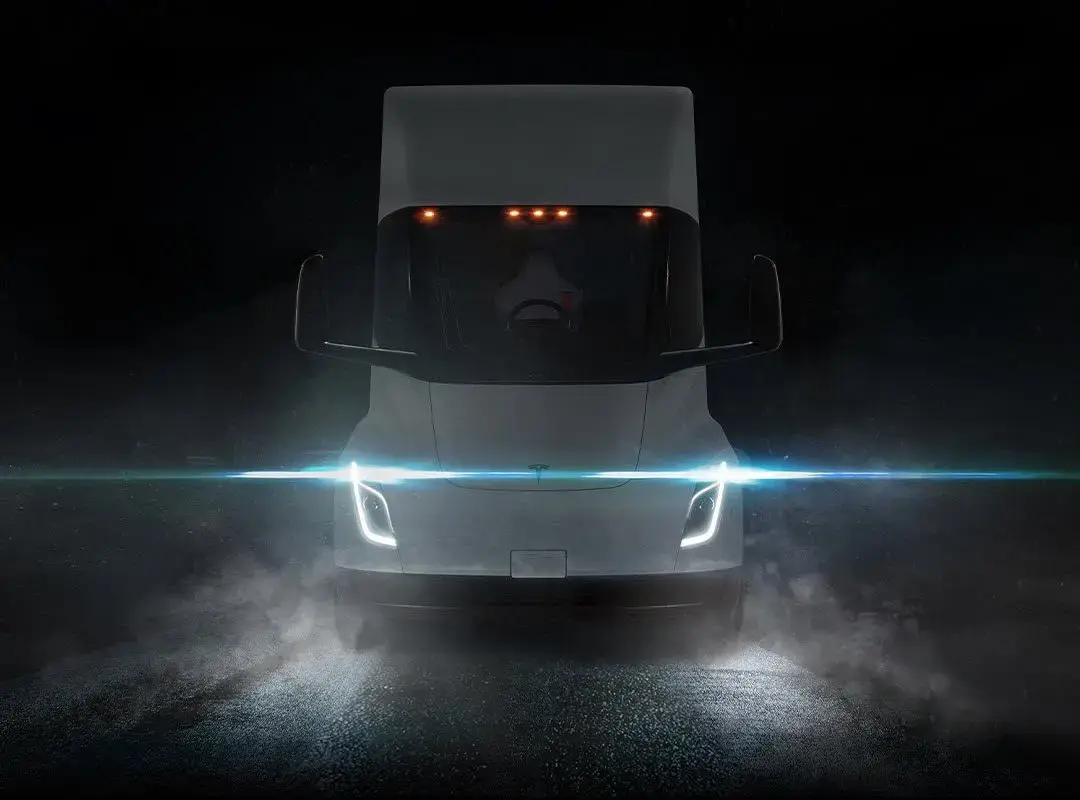A major change to Australian design rules promises to be a “game changer” for Australia’s shift to electric freight transport.
The new rule announced by the federal government will allow wider trucks on Australian roads, bringing the country in line with overseas markets and removing one of the key barriers to local uptake of heavy duty electric trucks, as most overseas-built models were just a few centimetres too wide to meet Australia’s previous standards.
“This Safer Freight Vehicles package responds to direct calls from industry to increase the width limit of trucks and follows extensive public consultation and feedback,” said federal assistant minister for infrastructure and transport Carol Brown.
“These changes will be a real game changer for industry, businesses and other road users, as they will save lives by adopting technology to reduce the likelihood of crashes, while also lowering freight costs and supporting better environmental outcomes.”
The change increases the overall width limit from 2.50 to 2.55 metres for new trucks, as long as they are fitted with safety features such as side guards and devices to limit blind spots.



Unfortunately we don’t have a rail freight network that either works well or reaches every township in Australia, and until we do encouraging the switch from ICE road haulage to EV road haulage is the best way to reduce transport industry emissions.
For a lot of the more rural towns (or a least for the ones I know of) that do have rail connections, they are only accessible using diesel locomotives as there is no electricity network set up to power electric trains. So if we don’t want to introduce more emissions from rail freight we would have to electrify the whole rail network.
Realistically we should be building rail and allowing EV trucks to be more accessible, but Australia is a big place, building all that rail infrastructure will take time. A good stepping stone would be to build rail connections to regional urban centres and then have trucks distributing it to the surrounding towns, but even building that much rail will take time. And that’s just the construction. The amount of time it would take to secure the land corridors for the rail would be considerable alone. AEMO have been having a difficult enough time securing land rights to build transmissions networks across properties
Hydrogen (and battery) are both viable energy storage methods for heavy rail freight:
Yeah true I didn’t even think about batteries or hydrogen as diesel replacements for trains. The up to 6MWh of storage your article quotes for the short distance hauls sounds like a lot of storage, but I guess there is a considerable amount of surface area at the bottom of a locomotive that could be filled with batteries, and if each locomotive can’t hold enough storage to pull the load, you can just add another locomotive to the train to make up the difference.
the problem though is that the production of batteries produce pollution, and they have a set lifetime, unlike overhead wires.
No doubt, but steel production produces a lot of pollution as well. It will be interesting to see the progression of green steel manufacturing tech and battery tech vs one another over time, even hydrogen tech. Its a tough choice because at any point we could see a major breakthrough in one of them making all the others relatively less cost and environmentally sound options.
Sure, but diesel rail transport still produces vastly less pollution than road, not to mention the far cheaper cost per kg